Graveyard Carz sublets all of their A/C rebuilds with Classic Auto Air. Any rusty, old products in dire straits are sent our way. Everything from the firewall insulation pad to other complicated parts with multiple components are sent back marked, inventoried and in tip-top condition. Check out one of our features on the TV show Graveyard Carz:
- Register
- Log in
- Wishlist (0)
-
Cart
(0)
You have no items in your shopping cart.
Blog
Original Air receives several reader ride submissions every month. Unfortunately, we can't pick all of them to feature. So this month, we're consolidating some of our submitted rides that were close to winning. Here are some of our favorite ford series reader rides.
Daniels' 1974 Ford F100, 390
Featuring Orginal Air's compressor and control.
Arnie's 1984 Ford F 150, 460
Featuring Original Air condenser, hoses, compressor, drier, accumulator, expansion valve, suction valve, and evaporator.
"Well, at my age it's more about comfort than style. I spent over a year looking for something to complete I could put some of my touches on. It needed to be a pro street, big block, and just a little different. Then I found it. The first thing I did was to look into putting A/C in it. So the call to Original Air, and was set up with a kit that was perfect for my truck. Pulled motor out changed cam, heads, and transmission. Added a gear vendors o d. Rear-end gear. And 6 years later, we take it everywhere. It almost gets more miles than our daily."
.jpg)
1978 Ford John Wayne Supercab Lariat
One of fewer than 500 produced that year, this historic heavy hauler was offered in highly original, unrestored condition. A copy of the original registration issued to the Roland Harper catering company of which John Wayne was a business partner was included. It has no less than the largest available engine, and the Super Cab packs a 460 CI V-8 backed by an automatic transmission. Power steering and power disc brakes work together with forged twin I-beam suspension for confident road control even on the longest day. Oh, and it included a factory installed Ford AC system.

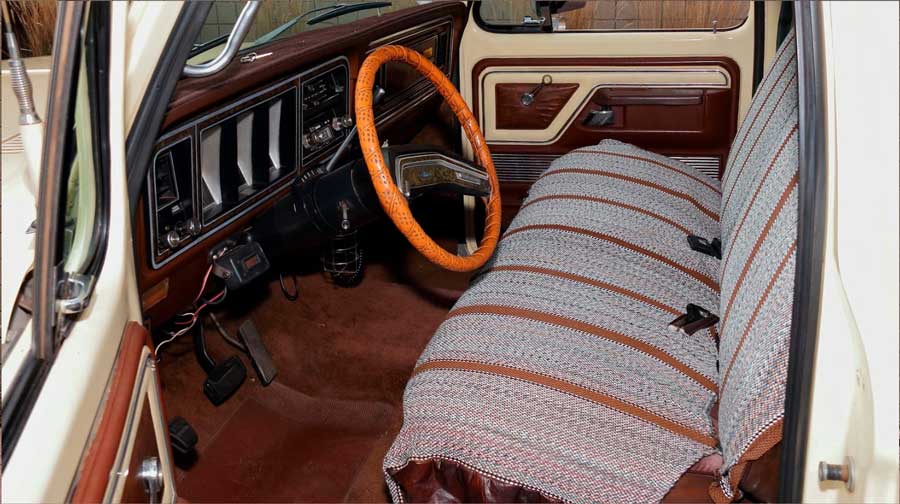

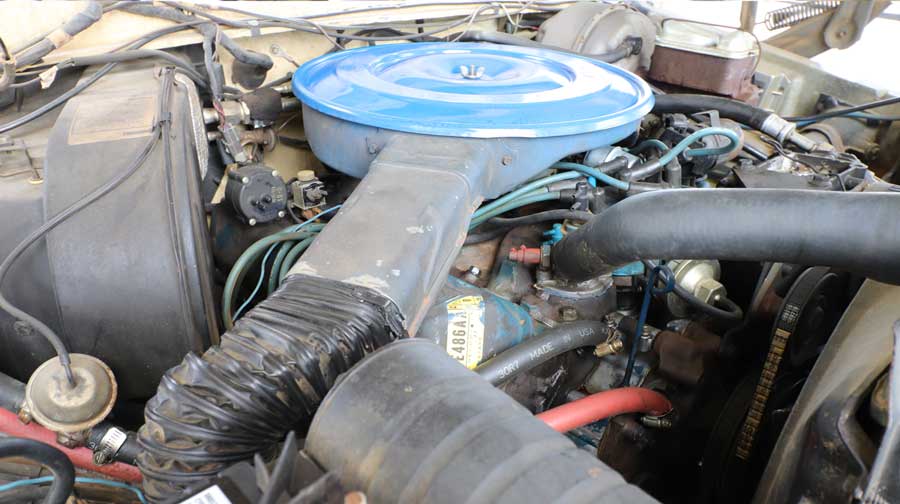
We are always hearing about cool restoration and modified car projects from our customers, and would love to see and share those factory-equipped A/C cars. Fill out our Reader Ride form so that you can describe and upload pictures of your ride so that we may share it with our customers worldwide. So get your car cleaned up, grab a camera, and send us your best shots!
I purchased my Candy Apple Red, Parchment interior 1966 Mustang from a 94-year-old lady in Tennessee. She and her husband purchased the car and had it restored in 1995. The Mustang was a trophy-winning car at local car shows from 1995 through 2000.
However, the mustang was only driven about 4,000 miles in the past 25 years and spend most of the time parked in a block garage after the restoration. It was starting to show its age when I purchased it. Being an A Code, highly optioned car, my goal is to keep it fairly original. I have spent the past year on renovation work to bring it back up to driving condition, in addition to a complete overhaul of the car, I have added an aftermarket power steering system and rebuilt the factory air conditioning with Original Air components, including the evaporator coil, expansion valve, Sanden compressor, hoses, dryer, and condenser.
Which Original Air components do you have in your car? · Condenser · Hoses · Compressor · Drier · Expansion Valve
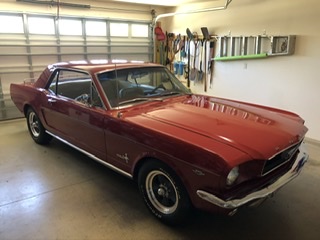

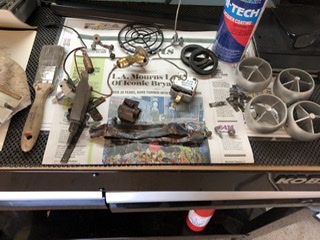

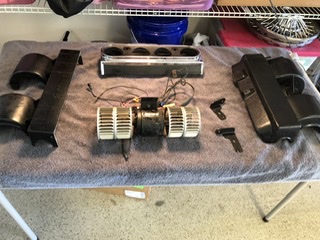
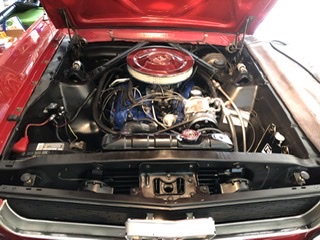
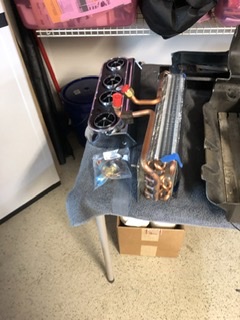
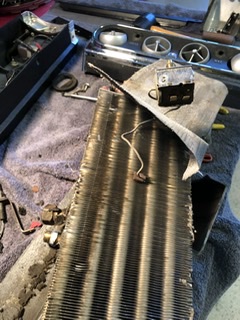
Classic car debates can get heated, but this one is for sure: The Ford F-series is the heavyweight champion of American roads. Both incredibly essential and undisputedly popular, the F-150 has topped the sales charts for over 35 years. Here are some interesting facts about the series American classics.
.jpg)
The Ford F-1 Debuted in 1948
Almost instantly, the F-150’s grandfather, the Ford F-1 became an American hit among farmers and small business owners. Many of those farmers use it for hauling and transportation purposes. The first F-Series introduced eight levels of trucks: F-1 for the half-ton, F-2 for the three-quarter-ton, and up to the F-7 and F-8 for heavy-duty.
Ford Manufactured Versions in Brazil
In 1962, Ford and Sulamericana teamed up to produce trucks in Brazilian factories. These were built on the Ford F-series frame but looked very different than the trucks we’re used to seeing. Some of these versions included the Monaco and GB Fly which were combinations of Brazilian car designs with the functionality of Ford trucks.
The F-150 Moniker Debuted in 1975
In 1975, the name F-150 was coined when Ford named their intermediate model. The lighter F-100 and the heavier F-250 were also introduced that same year, but the intermediate F-150 is what stuck. Since 1975, the F-150 has become the best-selling truck in history.
The Ford Bumper Lasted for 20 Years
The Ford bumper remains a statement part of the classic truck. First produced in 1959, they were so much of a hit that Ford kept producing the same version for the next 20 years. It was easy to find replacements for trucks coming in either chrome or painted to match the body.
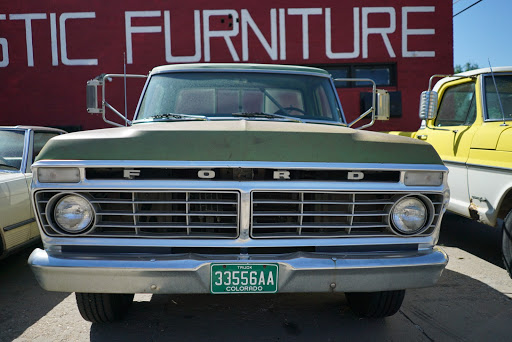
The Unibody was the Worst
Sometimes taking risks work, and other times they don’t. The unibody is a prime example of when they don’t. In 1961, Ford decided to try something new by making the truck’s cab and bed into a single piece. Ford aimed for a win-win situation; they introduced a clean, new design while cutting down the costs of production time.
Ford trucks built a reputation for resilience. So when people started using trucks for their main purpose like putting heavy items in the back, there were some issues. The doors began popping open all on their own. Sometimes they would never shut due to the bed’s irreversible damage. Needless to say, that was the end of the unibody.
Ford Offered a Harley-Davidson Edition
Harley-Davidson and Ford teamed up in the later 1990s to earlier 2000s to offer a motorcycle edition of the Ford F-150. Decorated in chrome trim and black leather, it’s difficult to name two better American vehicle brands. In fact, most recently, Harley-Davidson and Tuscany Motor Co. collaborated to build an all-new custom Ford F-150 Harley-Davidson edition pickup truck for the 2019 model year.
Hennessey Motorsports' F-150 is the Most Expensive
Starting at $349,000, the most expensive F-150 is the Hennessey Motorsports' F-150 VelociRaptor 6x6. It includes the base 2017 – 2020 Raptor 4-door truck, 6X6 locking rear axles, upgraded Fox suspension, upgraded 20-inch wheels and off-road tires, special front and rear bumpers, rollbar and LED lights. The 600+ HP upgrade includes upgraded twin turbochargers, stainless steel exhaust modifications, upgraded front mounted air to air intercooler and plumbing and re-tuned factory computer. There are only about 100 of these made.
Watch Hennessey Motosports’ F150 race a GT350:
It was Walmart’s Owner’s Car of Choice
In 1979, Walmart founder Sam Walton purchased a brand new sixth-generation F-150. Since then, he drove it almost every day until his death in 1992. For a period of time, Walton was the richest man in the United States. Walton was once asked why the truck was his car of choice after he made his first billions. Walton famously responded saying, “What am I supposed to haul my dogs around in, a Rolls-Royce?” His truck is currently on display in a Walmart museum in Bentonville, Arkansas.
No matter who you are, the world over agrees that the F-150 is one of the most legendary American cars out there. If you’re looking to be cool and stay cool when the heat is on, Original Air has you covered for your original AC kits. Shop some of our most popular Ford Upgrade Kits
In the spring of 1980, I was 4-years-old and already had a love for cars. One sunny day, I was waiting for my dad in his truck across the street from Big Horn Chevrolet in my hometown of Worland, Wyoming. Parked on the street in front of the dealership was a car transport trailer on which I spotted a brand-new white 1980 Camaro Z28. It had T-tops and three-tone charcoal striping. It looked fast, just sitting there.
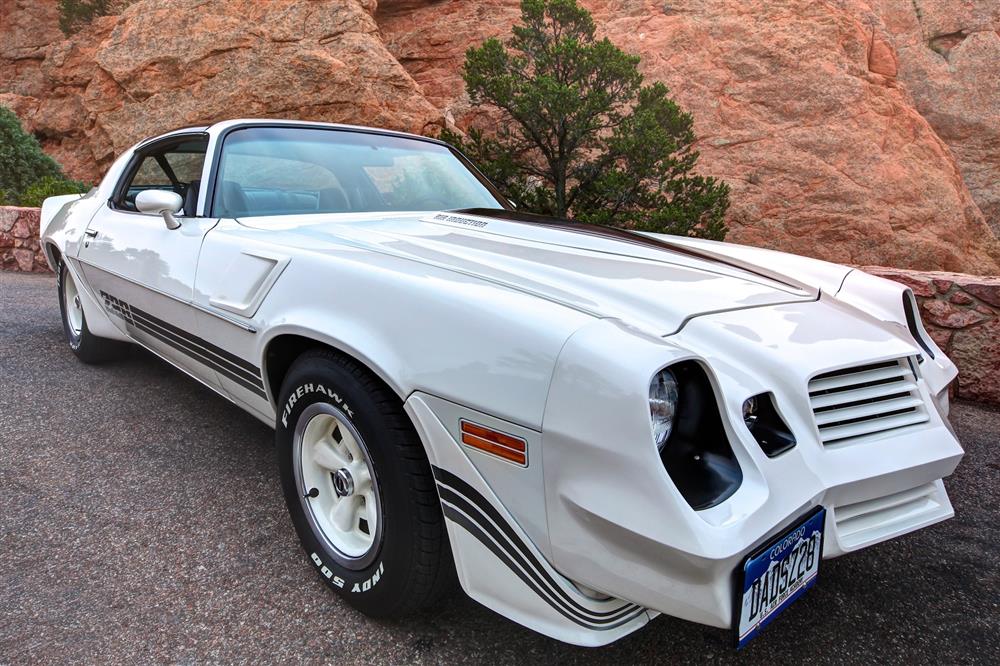
When my dad got back in the truck, I vividly recall saying, "Look at that car, Dad! Isn't that cool?!" He agreed and walked across the street to check it out.
What I didn't know at the time was that he and my mom had ordered it new from the factory. Beginning on July 1, 1980, that Z28 became our family car. For the next eight and a half years, we took it to school and the grocery store, as well as on family trips. It was always garaged, and it stayed in remarkable condition. But in November 1988, my parents decided it was time to trade it in on something more practical. I was extremely disappointed as I watched my dad drive away in it for the last time, taking it to the dealership.
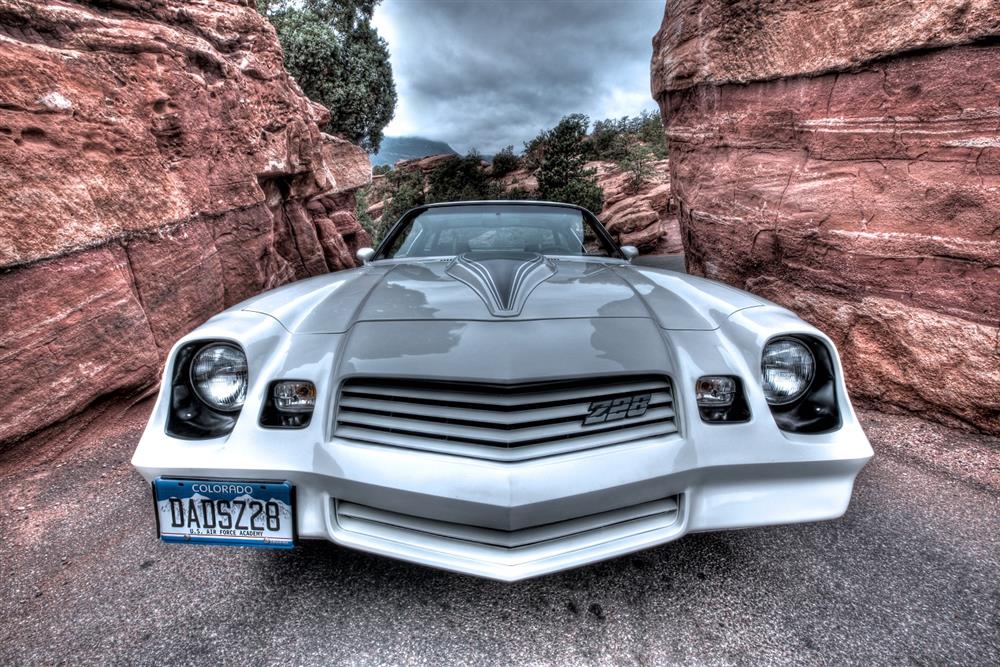
It only took one day before the car was sold to a new owner. A local farmer bought it for his son, who drove it for a couple of years in high school. When he left for college, he kept it garaged at home and seldom drove it. In the spring of 2010, I contacted him and told him the story of me seeing it that first day, sharing some of my other memories of that car. To my amazement and joy, he agreed to sell the car to me. On July 10, 2010–almost exactly 30 years to the day from when my parents took ownership–I became the Z28's third owner.
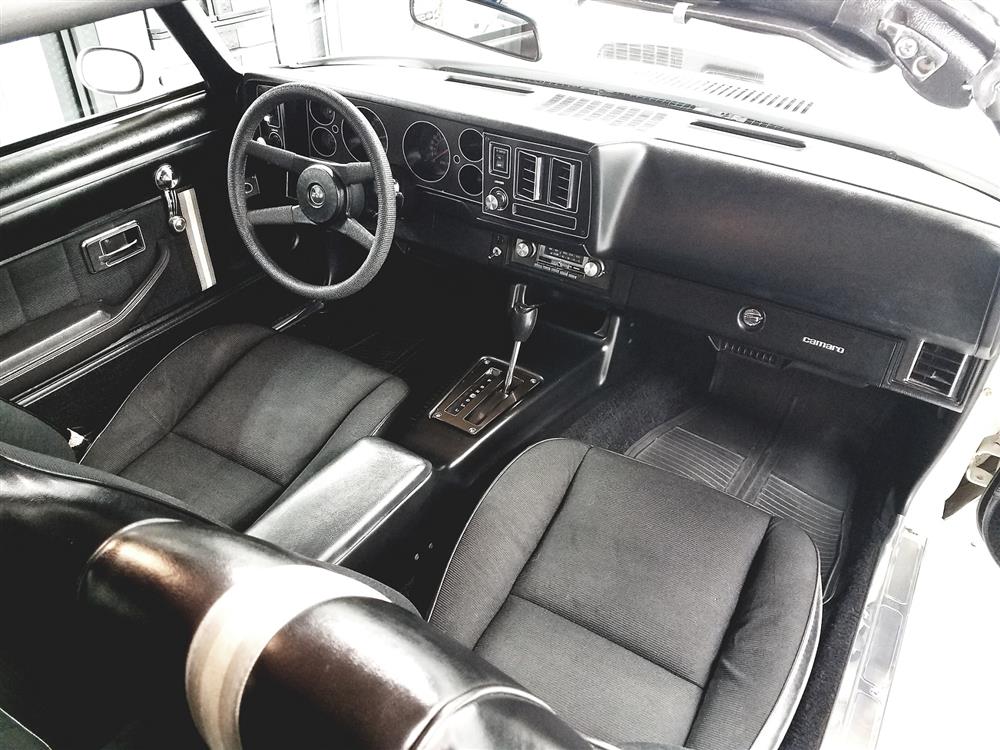
The car just turned 40 years old and is still in amazing condition. It has 80,998 miles on it and has never been wrecked. The paint and decals are all original and shine like new. Except for the restored gauges and a ShiftWorks kit, the black cloth interior is all original and doesn't have a single crack or tear anywhere. I have the original warranty paperwork with my dad's information on it, as well as a copy of the dealer invoice and window sticker and build sheet. While the second owner had this car, he replaced the engine with a new GM 350 V-8. Since it is no longer numbers-matching, I decided to rebuild the engine to give it more power to go with its great looks, which I did with help from my then-6-year old son and a friend. It is still a 350, but now makes 330 hp and 365-lbs.ft. of torque at the rear wheels. It contains Original Air hoses and compressor.
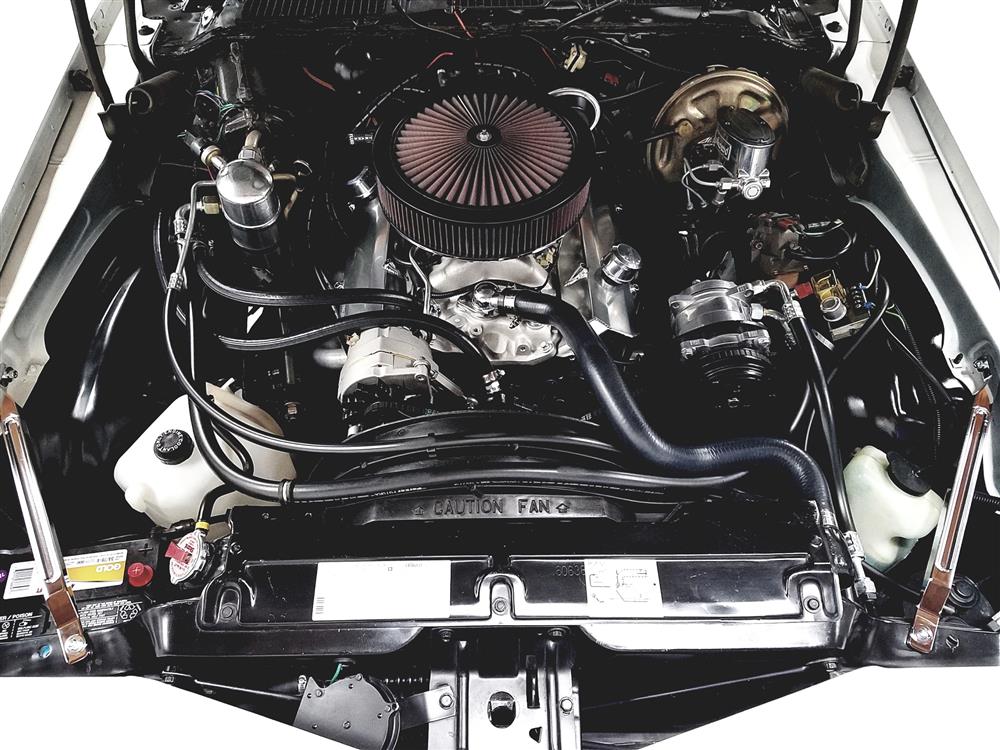
The car is, and will remain, "Dad's Z28." My son loves to work on it with me, go for rides, as well as take it to drive nights and car shows. The car from my childhood is once again part of the family, making memories that will last a lifetime!

Original Air components on this car are hoses and compressor. See Original Air's Update Kit for a 77-81 Camaro here.
The Firebird embodies American muscle. Many still rave about the impact these classics had in earlier times. Even though they’ve been around for half a century, there’s no end in sight when it comes to car enthusiasts’ love for this particular classic. We work with all kinds of Firebird builds to bring you the coolest AC for your ride. But you may be surprised by these facts you didn't know about the Pontiac Firebird.
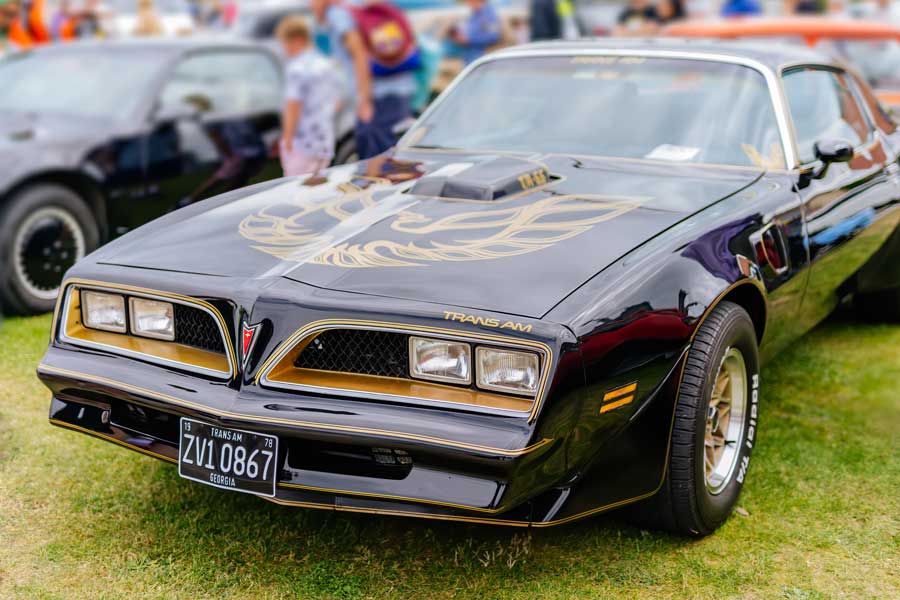
1. John DeLorean wasn’t on board
The Pontiac king had his doubts about the Firebird, at first. Before his name starred in the classic sci-fi Back to the Future, DeLorean worked as an engineer for Pontiac. They wanted him to create a car that could compete with the Mustang and Camaro. Instead, he thought Pontiac needed a two-seater sports car called the Banshee. He eventually gave in and produced the first Firebird six months after the Camaro in 1967. Although six months late to the game, the Firebird obviously was a hit.
2. 1st WS6
As an upgrade to the 1978 Trans Am’s suspension, Pontiac produced the first WS6 Performance Package. Most notably, the package contained 15x8 Snowflake rims and a larger sway bar giving the Firebird a wider appearance. It ranged between $251 and $324 depending on if you want with the additional W72 package. In total, it contained a larger sway bar, 15x8 snowflake rims, tighter steering box gear ratio, and GR70-15 raised white letter Good Year Polysteel Radials. In 1979, the package contained the first four-wheel disc brakes for Firebirds.
3. 1st screaming chicken
Bill Porter and Norm Inouye created the infamous decal in 1970. If this makes you scratch your head, it’s because they held off using it. John Schinella, another Pontiac designer, saw the decal and started pressing management to use it. Finally, in 1973, they made it an add-on costing $55 and became the car’s signature feature through 1981 and again from 1985-1987 on the third generation Trans-Am.
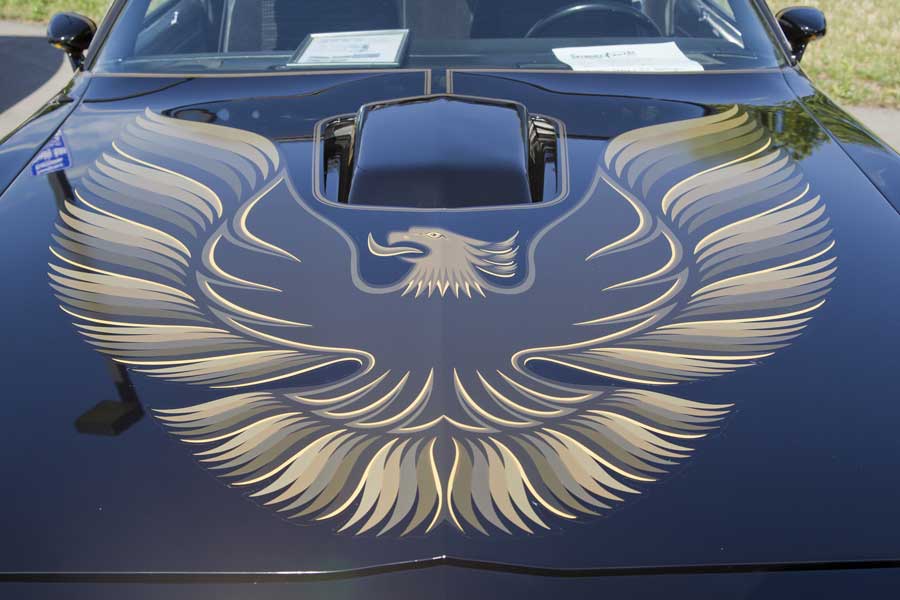
4. It starred in Smokey and the Bandit
After Smokey and the Bandit debuted in 1977, it started picking up even more steam (or smoke). If you know your stuff, you might notice that the car is a mashup of two different Firebird models. The car is mostly a 1976 Firebird Trans Am but replaced the front with a 1977 model. The custom decals on the vehicle also caused Pontiac’s demand to skyrocket. However, soon after the frenzy died down, so did the need for the car altogether.
5. Best Firebird horsepower/torque ratings
No Firebird ever exceeded 400 horsepower. In fact, unlike it’s Chevy competitor, it didn’t even come close. That being said, the most powerful Firebirds of all time were the 1969 and ‘70 Trans Ams with the Ram Air IV engine option. The 400 cubic inch V8 maxes out at 430 lb-ft of torque at 3,700 Rpm and 345 hp at 5,400 Rpm.
6. 1st Buick engine
A less rare Firebird fact you may know is that in 1989 500 Pace Car Trans Am used a Buick engine. However, they didn’t use just any Buick engine. It was the turbocharger 3.8 liter V-6 featured in the GNX and Grand National. It maxed out just under 250 horsepower and 340 lb-ft making the Pace Care, up until that point, the quickest Firebird ever sold.
The vehicle belonged to my father-in-law. He passed away and left the vehicle to me. It is all original. He was a machinist by trade. He removed the wheel opening moldings because he said it's a haven for rust. It has 72000 miles and works. He installed a Bose CD player into the glove box.
The Original Air components are condenser, hoses, compressor, switch, drier, accumulator, expansion valve, suction valve, evaporator and control.
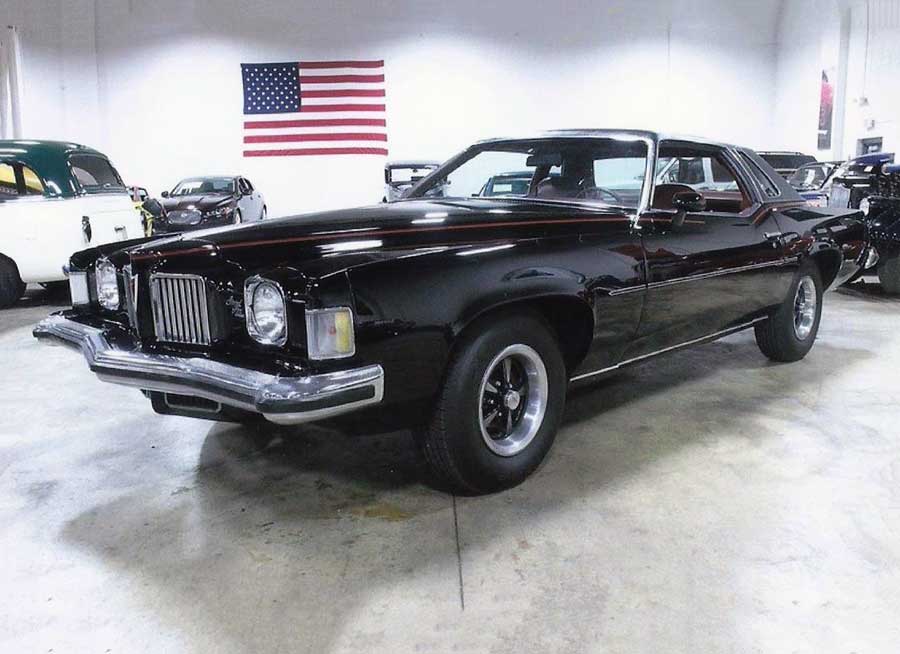

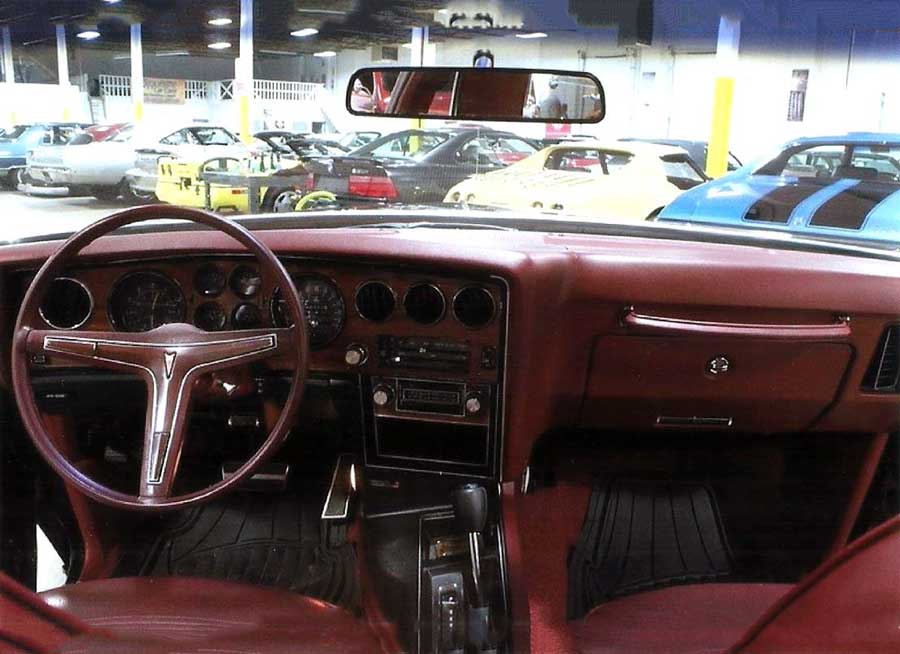
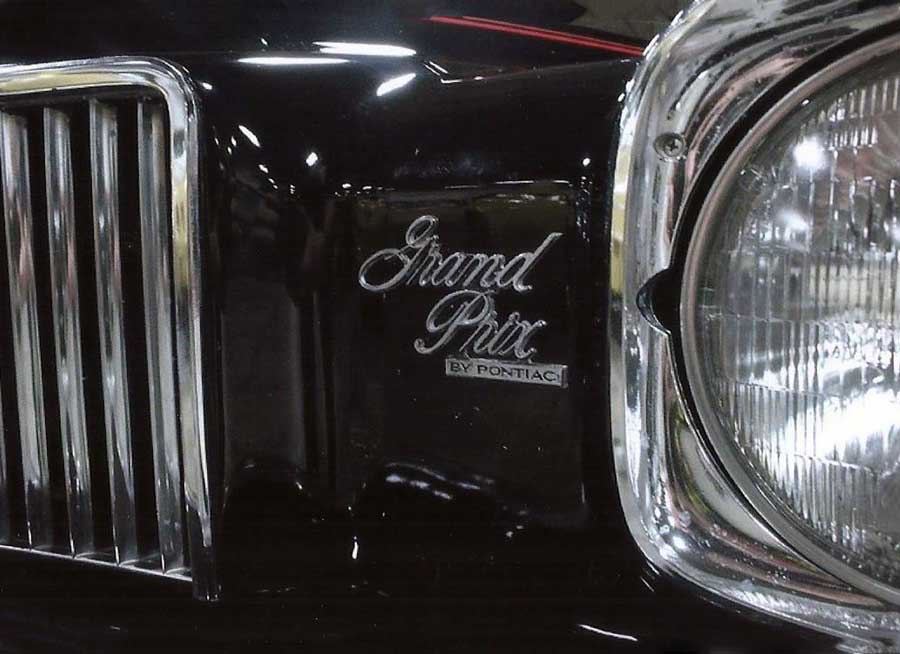
Here at Original Air and Alien Enclosures, we are committed to serving our customers while keeping our team safe and responsible during this uncharted time of uncertainty. We are currently open to serve you and the automotive restoration community and will continue as long as we can do it safely and responsibly. Our team has implemented the CDC guidelines and heightened sanitation protocols, as we are still committed to customer service and providing support for your project.
With stay-at-home orders active in almost every state, there are limited options for enjoyment. This is a great opportunity to begin, continue, or rekindle your passion and excitement for your car or truck project. With many children on extended breaks from school, automotive repair can even provide an opportunity for practical education and quality time together (and hopefully pass on this passion to the next generation).

We will continue to provide the highest level of service possible. Not only will we send what you need right to your door, but we will also be available via email, chat, and phone with our sales and service support.
The safety and well-being of our staff and community remain our top priority and will continue to keep you updated as we work towards normalcy.
Sincerely,
Cars produced everywhere are subject to import/export laws and trade tariffs between countries. Due to levies and fees, some automotive makers in Canada decided to get creative. Some American models were unavailable in Canda, so makers chose to design Canada-only brands that combined certain features and drivetrains.
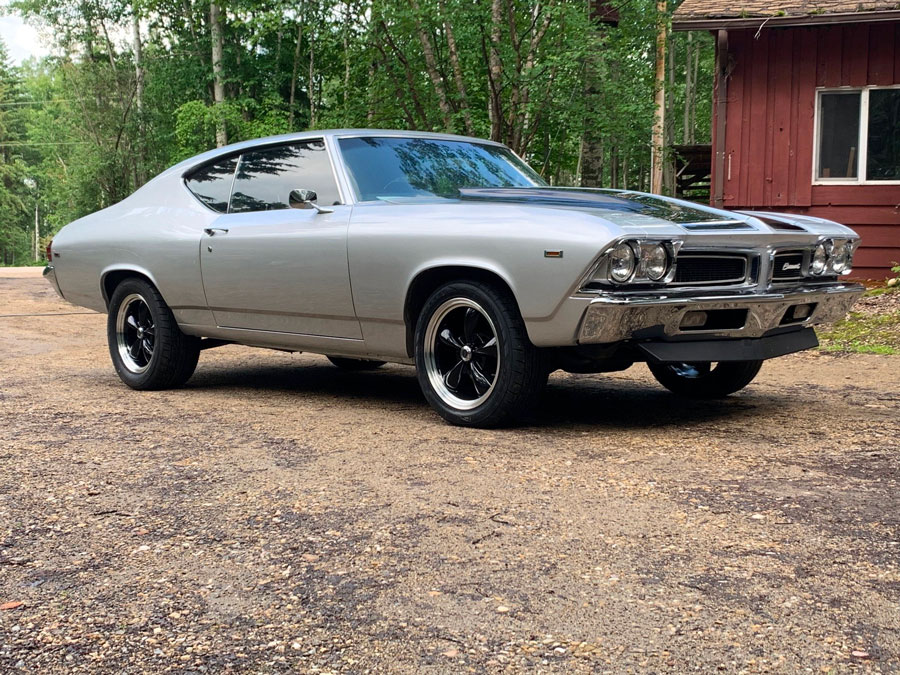
Enter the Beaumont SD: a Canadian model based off of the Chevelle SS. The name Beaumont dates back to the early 1960s as a sub-model of Canada’s Acadian. At first, it was largely based on the Chevy II but later adopted the A-body of its American cousin. As of 1966, Beaumont was a Canadian brand all on its own.
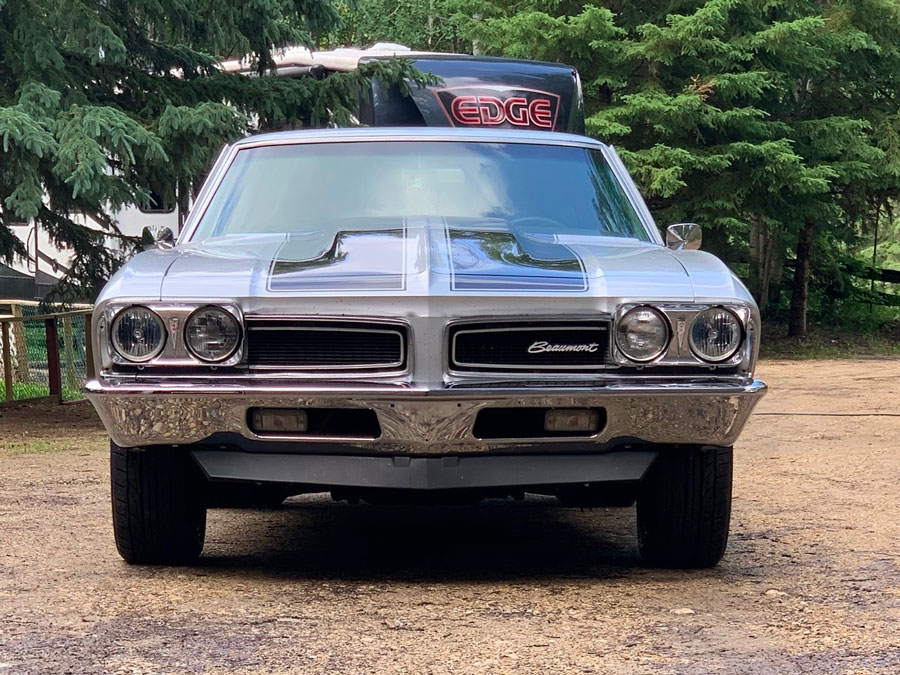
It wasn’t long after that Beaumont began stepping up its performance. It introduced the Beaumont Sports Deluxe or SD with a 396 ci Chevy big-block V8. Note that initially, Acadian had an SD, but it was luxury-based with a six-cylinder rather than performance-based. From ‘66 to ‘68, Beaumont offered a range of six and eight-cylinder engines such as the 350 ci and 327 ci V8s. In about eight years, roughly 72,000 Beaumonts were produced. Even fewer Beaumont SDs were produced, making them the rarest of the GMs.
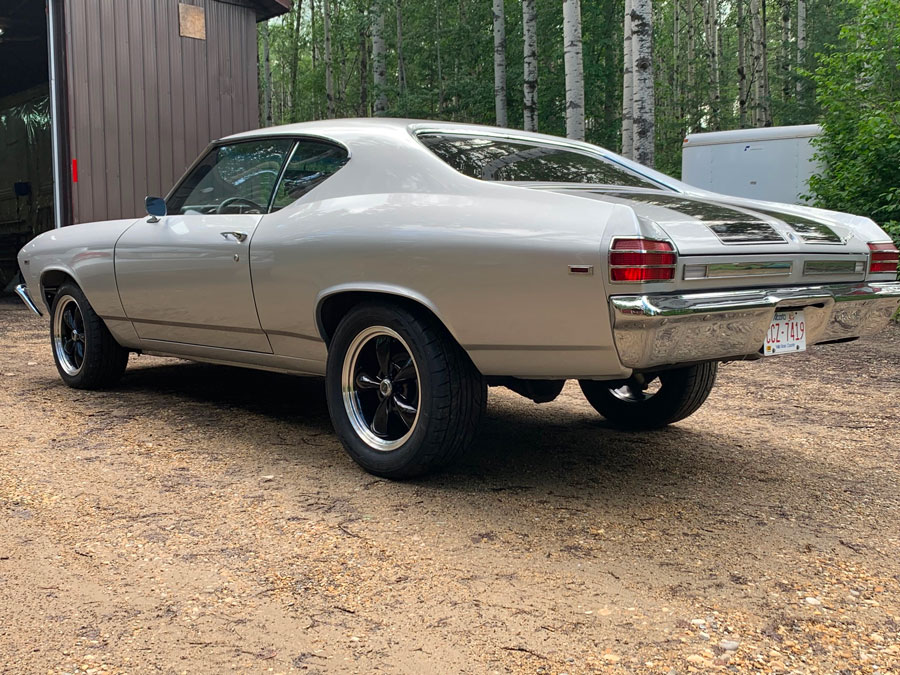
You don’t see these too often. A customer of ours built this beautiful 69 Pontiac Beaumont. Below are some photos he shared, including Alien Enclosures’ "Speedster" trunk panel kit in Black with Grey vinyl. What a great way to include a trunk-mounted battery!
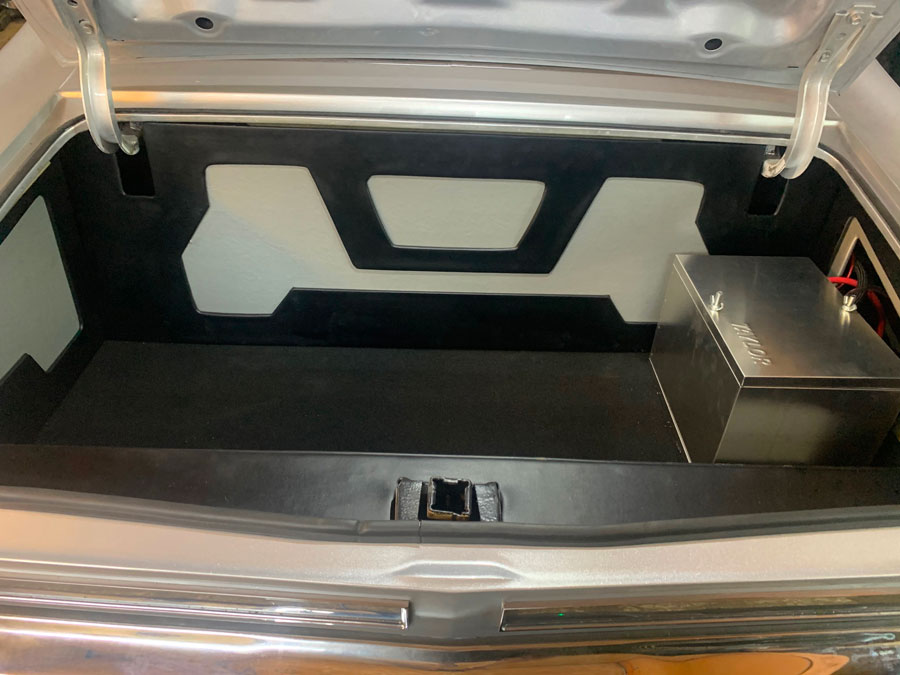
While visiting my sick father in Ohio I saw the car on a lot. A few months later when he passed away, I was in the need of a truck to move momentos to Florida and as I was buying the truck, I commented, "Give me a package deal and I'll take the 65 too". An hour later, I drove it off the lot. The only thing I added was power steering and an Original Air upgrade for the AC. The photo is from a small car show in Enterprise Florida.
All Original Air components are the condenser, hoses, compressor, and evaporator.
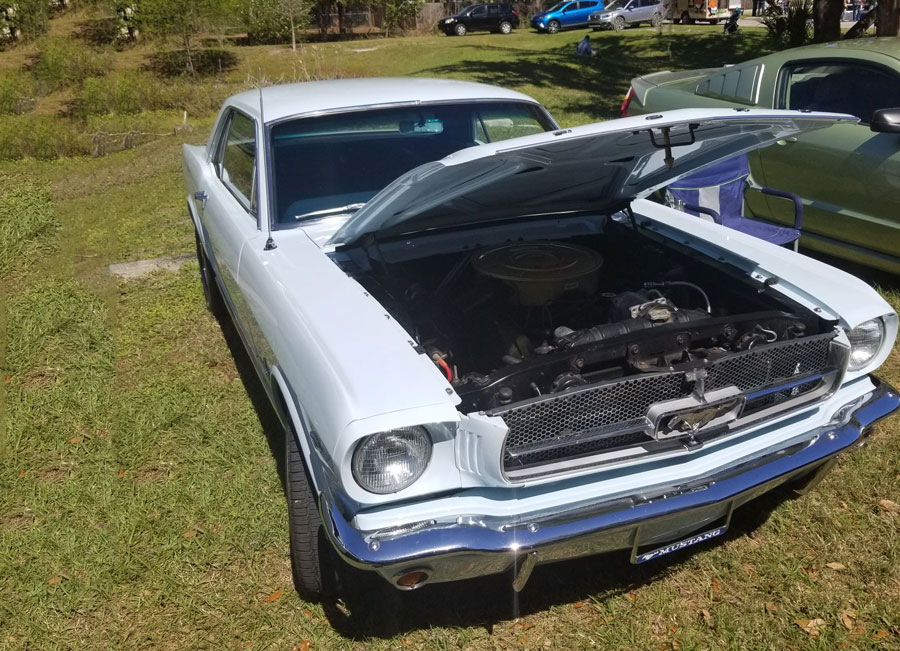
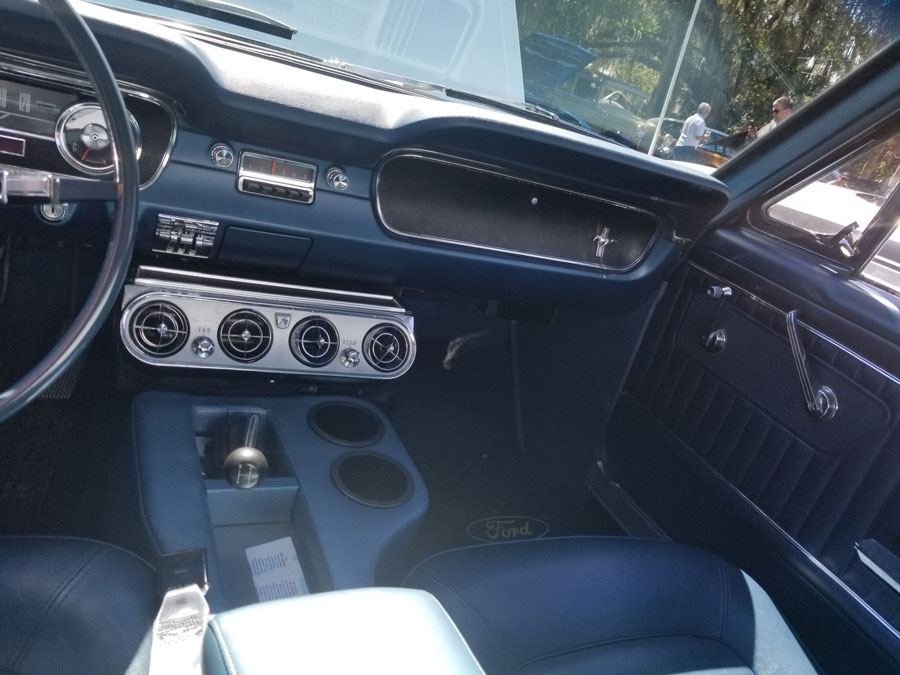
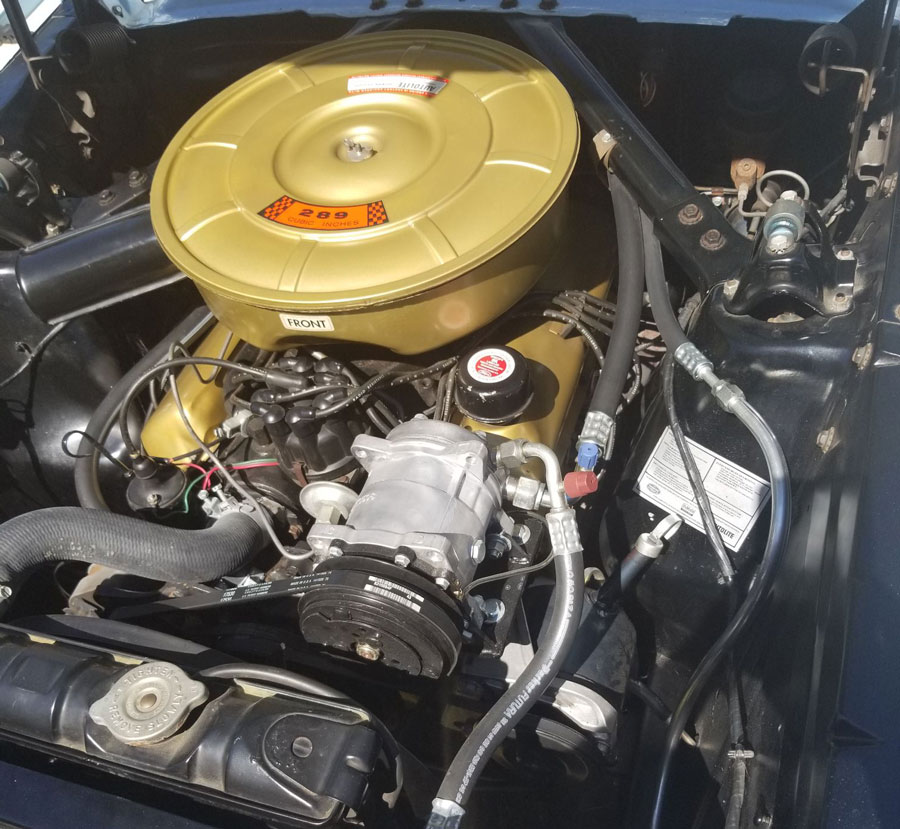

- 2023
- 2022
- 2021
- 2020
- 2019
- 2018
- 2017
- 2016

